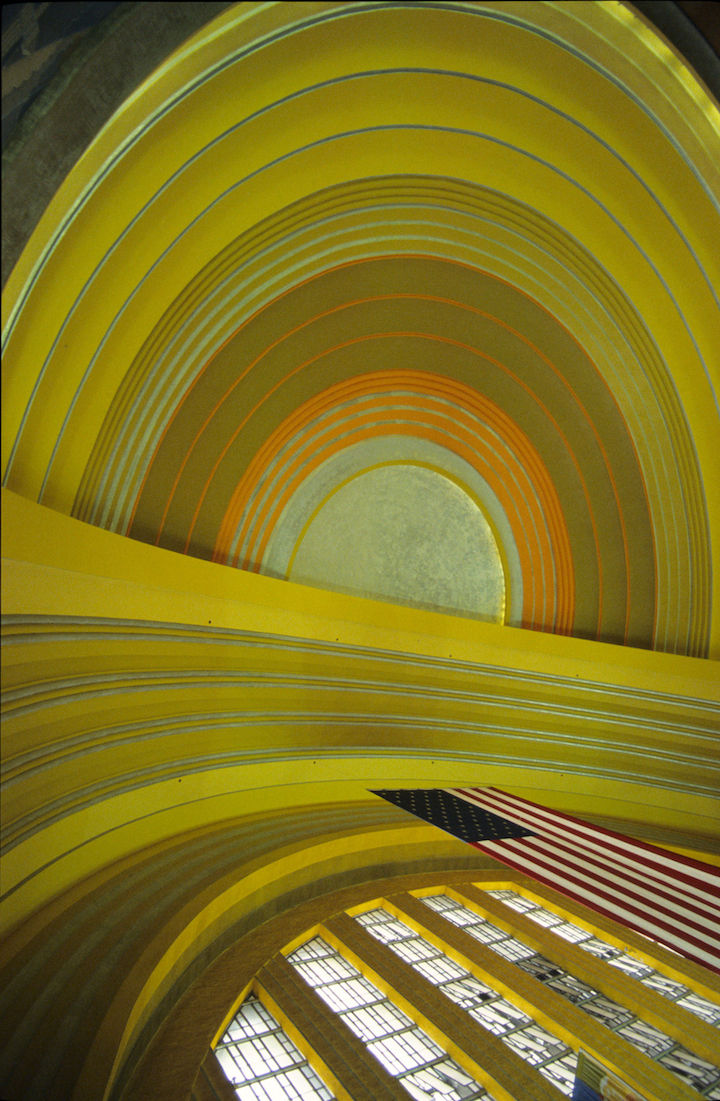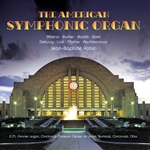
In the Nothing Exceeds Like Excess files, pride of place goes to the symphonic pipe organ, a beast consisting of thousands of pipes designed to imitate the sounds of the largest of orchestras. French organist Jean-Baptiste Robin gives us the full glory in a new, made-in-Cincinnati album.
- Classical Music 101: What Does A Conductor Do? - June 17, 2019
- Classical Music 101 | What Does Period Instrument Mean? - May 6, 2019
- CLASSICAL MUSIC 101 | What Does It Mean To Be In Tune? - April 23, 2019
When the Ohio city’s exuberant Art Deco train station was handed a new life by preservationists as the Cincinnati Museum Center, the building also received a massive, new pipe organ, cobbled together from two instruments built in the 1920s by E.M. Skinner, the United States’ equivalent of Canada’s top builder, Casavant Frères.
The idea was to recreate an instrument with the fullest, lushest, most Romantically orchestral sound possible — a sort of big, woolly effect that went out of style after World War II.
Baroque-era music sounds impossibly thick and gooey on an instrument like this, but works from the late-19th and early-20th centuries are perfect for its polished-bronze tonal palette.
 Robin, who is now in his late 30s, has gone one step further in The American Symphonic Organ, released by Brilliant Classics. We hear his own transcriptions of pieces one might consider inappropriate for a monster pipe organ: Claude Debussy’s La cathédrale engloutie, or Sergei Rachmaninov’s C-sharp minor Prélude. But they work — amazingly well — thanks to Robin’s clarity of purpose and restraint in choosing the right sounds (registrations).
Robin, who is now in his late 30s, has gone one step further in The American Symphonic Organ, released by Brilliant Classics. We hear his own transcriptions of pieces one might consider inappropriate for a monster pipe organ: Claude Debussy’s La cathédrale engloutie, or Sergei Rachmaninov’s C-sharp minor Prélude. But they work — amazingly well — thanks to Robin’s clarity of purpose and restraint in choosing the right sounds (registrations).
Mahler, a tricky composer to transcribe, comes out magnificently in a moving performance of Urlicht from his Symphony No. 2, with the help of mezzo Stacey Rishoi.
There are two pieces written for pipe organ on this fantastic album: Franz Liszt’s Stentorian Prelude and Fugue on BACH and, to close, Robin’s own, exuberantly rhythmic and modern 10 Cercles lointains.
This is big-organ performance at its most expressive and tasteful — yet still packing a sonic punch that raises goosebumps.
You can find more details on the album here.
+++
Here’s a little bit of what great French organists do best, as Robin improvises on a plainsong theme:
John Terauds
- Classical Music 101: What Does A Conductor Do? - June 17, 2019
- Classical Music 101 | What Does Period Instrument Mean? - May 6, 2019
- CLASSICAL MUSIC 101 | What Does It Mean To Be In Tune? - April 23, 2019



